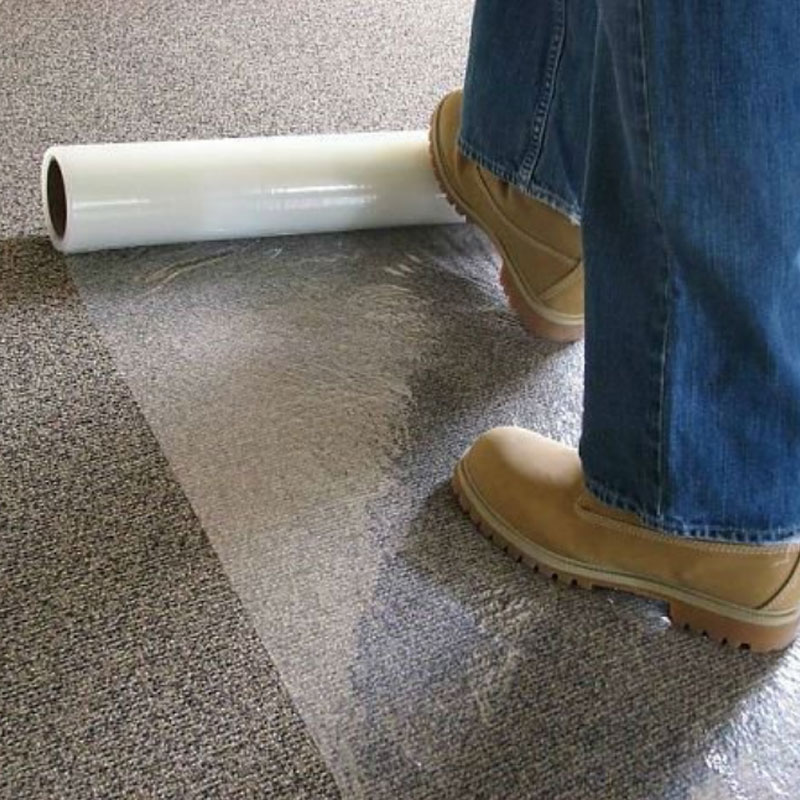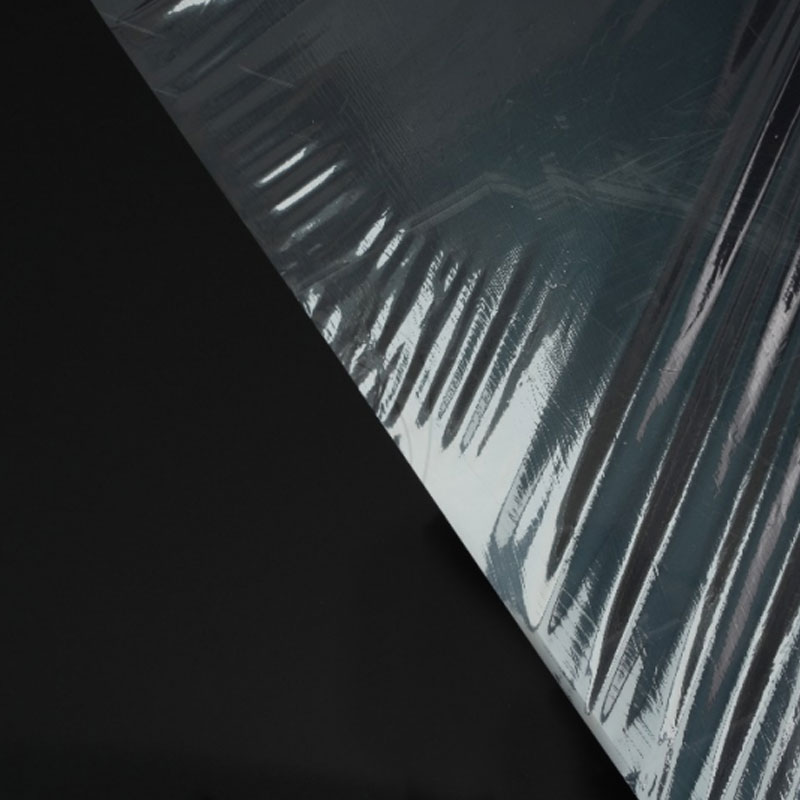Self-adhesive protective films stand out due to their versatility and convenience in a multitude of industries. In the automotive sector, for instance, these films are applied to new car paintwork to prevent scratches and swirl marks during transportation and display. Their self-adhesive nature eliminates the need for messy liquid adhesives, making installation a breeze for dealerships. Another example is in the construction industry, where self-adhesive films are used to protect windows, doors, and other delicate surfaces during renovation projects. Their ability to conform to irregular shapes and withstand harsh weather conditions ensures that these surfaces remain unscathed.
The electronics industry has embraced self-adhesive protective films for shielding smartphones, tablets, and other devices from scratches and fingerprints. These films often come with additional features like oleophobic coatings that resist oil and smudge, enhancing the user experience. For architectural applications, self-adhesive films can be used to create privacy screens, decorative accents, or even solar control films that reduce heat gain and glare.
2. How Does Technology Impact the Development of Self-adhesive Protective Films?
Technology has transformed the world of self-adhesive protective films, driving innovations that enhance performance and expand usage scenarios. In terms of adhesion technology, researchers are developing new formulations that provide stronger bonds while allowing for easy removal without leaving residue. This is crucial for applications where repeated installation and removal are required, such as temporary signage or event displays.
Another technological breakthrough is the integration of smart materials into self-adhesive protective films. Self-healing films, for example, utilize microcapsules filled with a healing agent that is released upon damage, sealing the scratch or puncture. This technology is particularly useful for high-traffic areas or surfaces prone to accidental damage.
The use of nanotechnology is enabling the development of films with advanced functionalities. Nano-coatings can enhance the durability, scratch resistance, and UV protection of self-adhesive films, making them suitable for outdoor applications or in extreme environments.
The future of self-adhesive protective films looks bright, with several promising trends emerging. One significant trend is the increasing demand for customizable solutions. As consumers and businesses seek products tailored to their specific needs, manufacturers will invest in advanced printing and cutting technologies to offer personalized films with unique designs, colors, and textures.
Another key trend is the focus on environmental sustainability. As concerns about climate change and waste management grow, manufacturers will continue to develop eco-friendly films made from recycled or biodegradable materials. These films will not only reduce the environmental impact of disposal but also appeal to consumers and businesses looking to adopt green practices.
The convergence of technologies such as the Internet of Things (IoT) and smart sensors is expected to open up new avenues for self-adhesive protective films. For instance, films embedded with sensors could monitor temperature, humidity, or even the presence of contaminants, providing real-time data for condition monitoring and predictive maintenance.
Self-adhesive protective films are poised for continued growth and innovation, driven by advancements in technology, customization, and environmental sustainability. As these trends evolve, the applications and capabilities of these films will continue to expand, offering unparalleled protection and convenience across various industries.


 English
English
 English
English русский
русский Français
Français Español
Español Português
Português عربى
عربى










